by Sandra Gulland | Jul 25, 2014 | Adventures of a Writing Life |
I’ve not been blogging very much, mostly because I’m crashing through a 3rd draft of The Game of Hope, the working title of my YA novel about Hortense de Beauharnais.
But I’ve also been slow to blog because WordPress.org has been suddenly problematic, requiring me to insert (horror!) code before publishing a post. For a code nerd, it would be nothing—but for me it’s a pain. Fingers crossed that the next upgrade of WordPress will solve the problem.

But for now, I’m just dropping by to post a quote I liked in a wonderful book: Show Your Work! by Austin Kleon. I’m going to be passing it on to friends in my book club. I recommend it!
Here’s something else worth noting, re. structure (credit to Emma Coats, formerly at Pixar):
Once upon a time, there was _____.
Every day, _____.
One day, _____.
Because of that, _____.
Because of that, _____.
Until finally, _____.
And so, in the spirt of sharing/showing my work, I finished making the changes to draft 3.1.1 today and have printed it out. I love seeing that big stack. Tomorrow morning, I’ll begin to read it through. I’m already trying to talk myself into not getting too picky. I want to skim for flow, identify the problematic sections and write a new chapter or two. But “picky” is my middle name, so that might be a problem.
I got the draft cover for the paperback edition of The Shadow Queen: I like it!
Here’s the quote:
“The cat sat on a mat” is not a story. “The cat sat on the dog’s mat” is a story. —John le Carré
by Sandra Gulland | Dec 10, 2013 | Adventures of a Writing Life |
I’ve caught shortlist fever. It’s irresistible—this impulse to sum up the year.
I will begin with the books I gobbled up and which made a lasting impression. It’s a very odd mix this year of wise, irreverent, profoundly sad and profoundly lurid. (Compare it to the well-rounded list for 2012.)
Note: Not included is my very long list of sometimes eccentric research titles.
And so here, in no particular order:
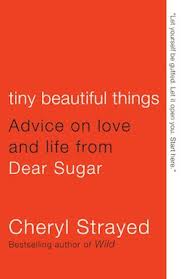
Tiny Beautiful Things: Advice on Love and Life from Dear Sugar, by Cheryl Strayed. I loved Strayed’s Wild last year, and so ventured onto her advice-column book, which I loved even more. My daughter loved it too. Strayed is wild and wise and calls it like it is.
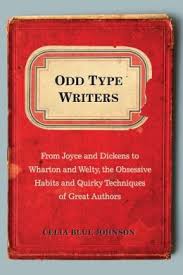
Odd Type Writers: from Joyce and Dickens to Wharton and Welty, the Obsessive Habits and Quirky Techniques of Great Authors, by Celia Blue Johnson: inspiring and gossipy and fun. Every writer on your gift list would love this book … and buy one for yourself while you’re at it.

Paris, I love you but you’re Bringing Me Down, by Rosecrans Baldwin: about my favourite city, very funny. It’s not for people who are new to Paris, but for those who know it well.
Two memoirs that will stay with me forever because of their brave, sad and striking beauty, are:
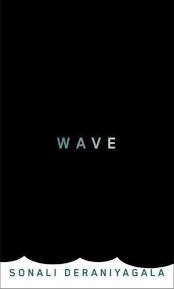
Wave, a memoir by Sonali Deraniyagala. Read this book; it will open your heart. It’s a profoundly moving book about unbearable grief. That sounds scary, but trust me: this is a beautiful book.
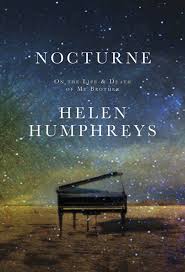
Nocturne: On the Life and Death of My Brother, by Helen Humphries; Humphries is one of my favourite writers, and this is a stunningly beautiful and heartfelt memoir.
Now to the fiction shortlist, followed by my essential apps… Stay tuned.
by Sandra Gulland | Aug 12, 2013 | Adventures of a Writing Life |
I’ve just come from a stimulating writers’ group meeting (of three). Annie Dillard’s book, The Writing Life, came up.
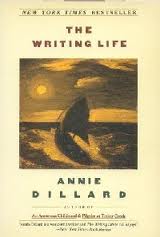
Now, home, I’m checking my email (but of course), and indulging in reading BrainPicking’s newsletter. It’s often a feast, but especially so this issue, especially the essay on Dillard’s book.
Quakers have a saying about something that “speaks to your condition.” I’m approaching the final chapter of the WIP, and this book speaks to mine.
(Don’t you love that Dillard’s first name is Annie?)
by Sandra Gulland | Jan 11, 2013 | Adventures of a Writing Life |
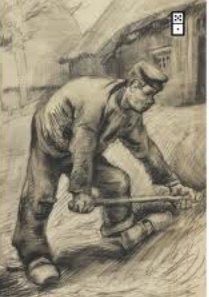
(Cover of Do the Work by Steven Pressfield, an excellent and motivating book on writing. “Send!”)
I dreamt last night that I was tilling new ground. It was hard going, shovel-load by shovel-load, turning the hard, caked earth. Slowly, I worked the edges, moving toward the centre. I thought: it’s hard clots; I will have to break it down further. I will have to add mulch.
I woke realizing that that was a perfect metaphor for what I’m doing now, preparing the ground for writing about Hortense.
Of course I then got completely distracted by another sort of digging: revision of this website. There’s nothing quite like HMTL to get one’s brain in a knot.
And now: getting ready to leave for the beach for two weeks, taking my thick stack of plot index cards with me. And my computer, of course, with the amazing Mac plot software Aeon Timeline on it. (More on that later.)
So: off to clear the desk and finish packing. I leave you with this:

I especially love #10: Creativity is subtraction. What do you think?
SaveSave
SaveSave
SaveSave
by Sandra Gulland | Jan 5, 2013 | Adventures of a Writing Life |
I was just in a on-line discussion with a group of authors. One of them had lost his way in the novel he was writing, and a number of us, knowing the “lost realm” well, suggested the tools we used to help us get back on track.

I recommended Blake Snyder’s Save the Cat. I’m using his system now to help me see the shape of the two YA’s I’m writing, and I used it last year, as well, to find my way out of the maze of The Next Novel. His book is irreverent, far-from-literary, but it gives you plot basics with a good dash of humour. Plus, it’s short and to the point.
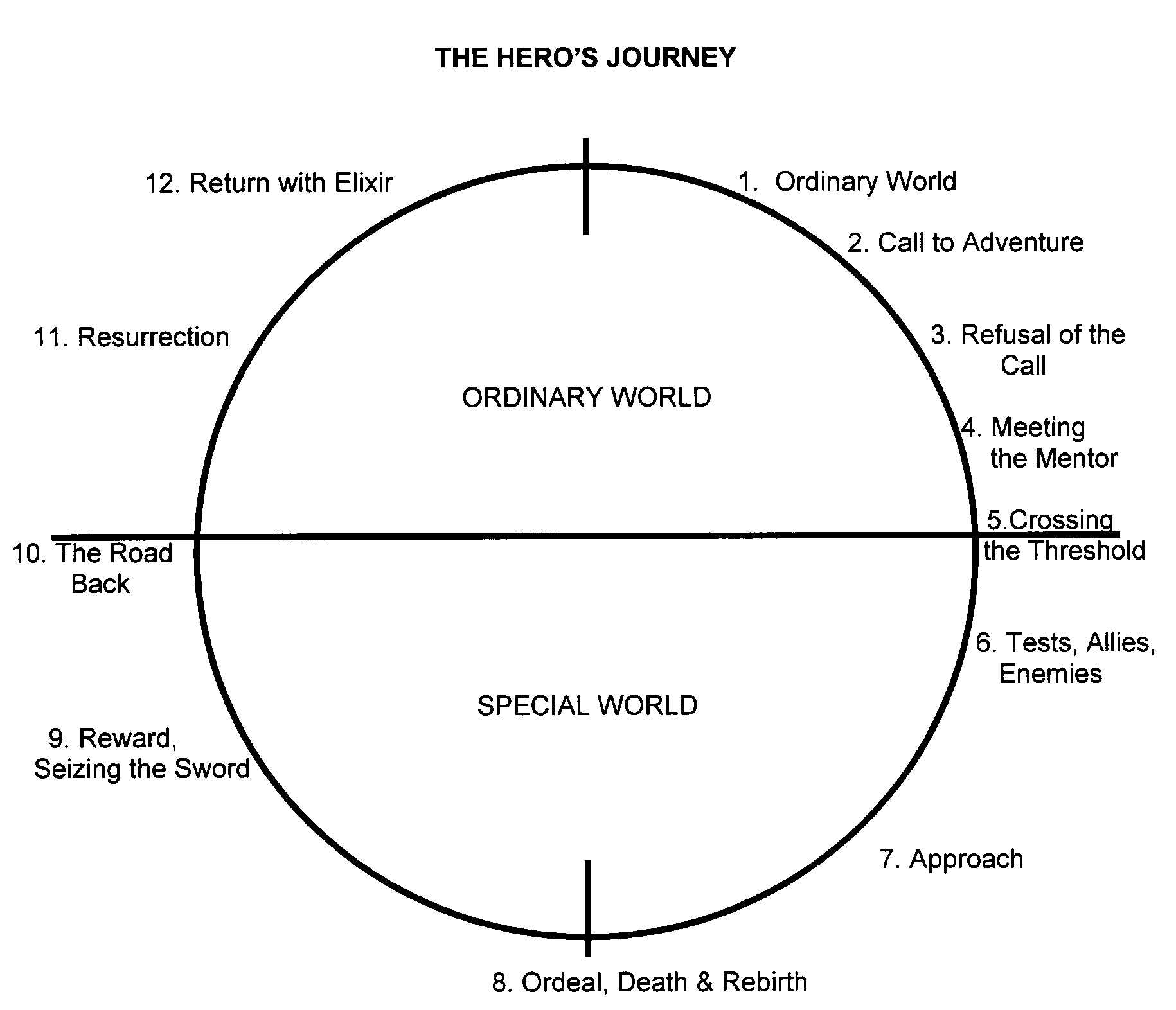
Another author recommended “The Hero’s Journey”, a fantastic on-line site—here—based on the great book by Volger, The Writer’s Journey.

Both these books are written for scriptwriters. My own conviction is that scriptwriters are story-specialists, and that novelists can learn a great deal from them.













